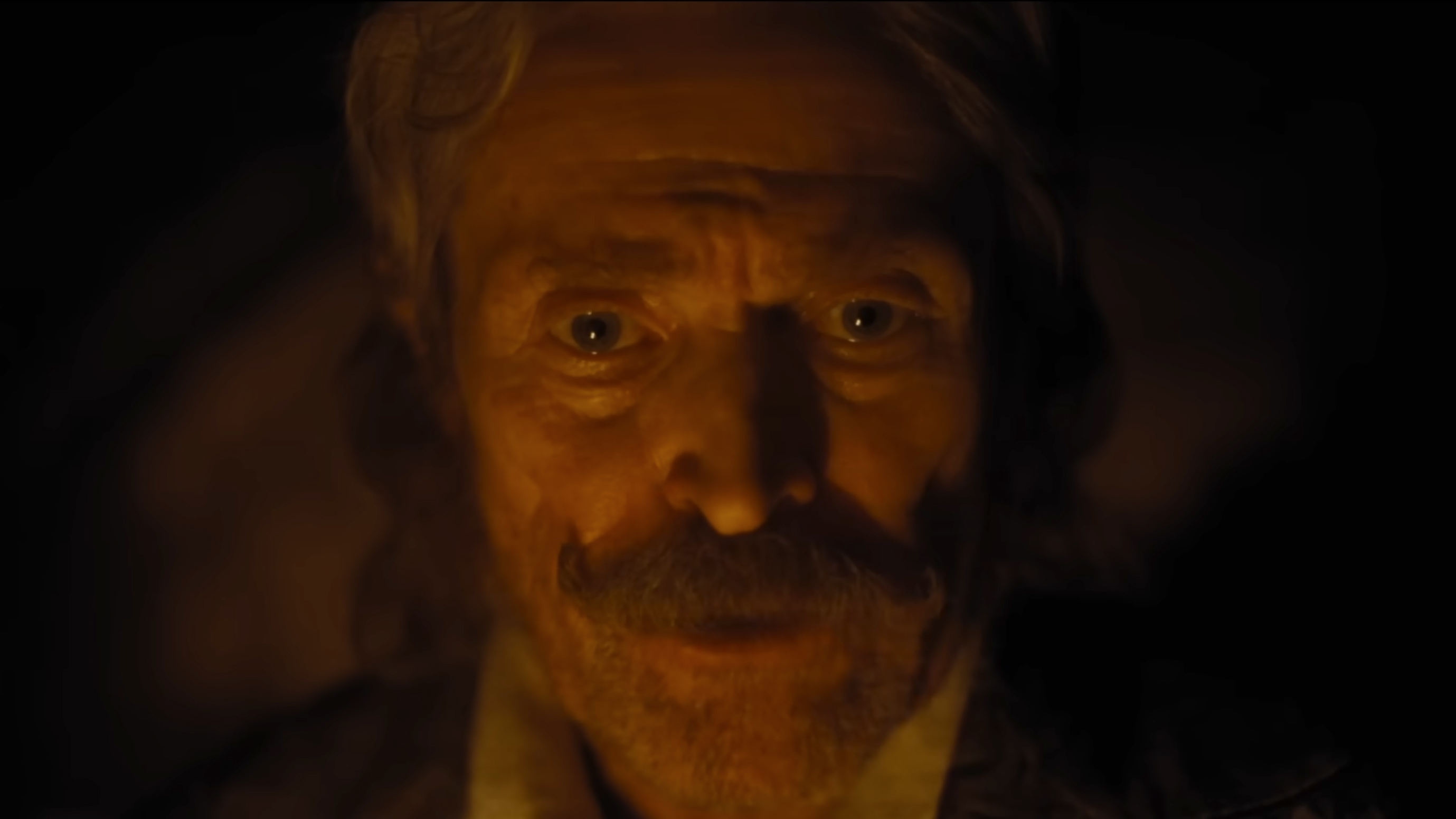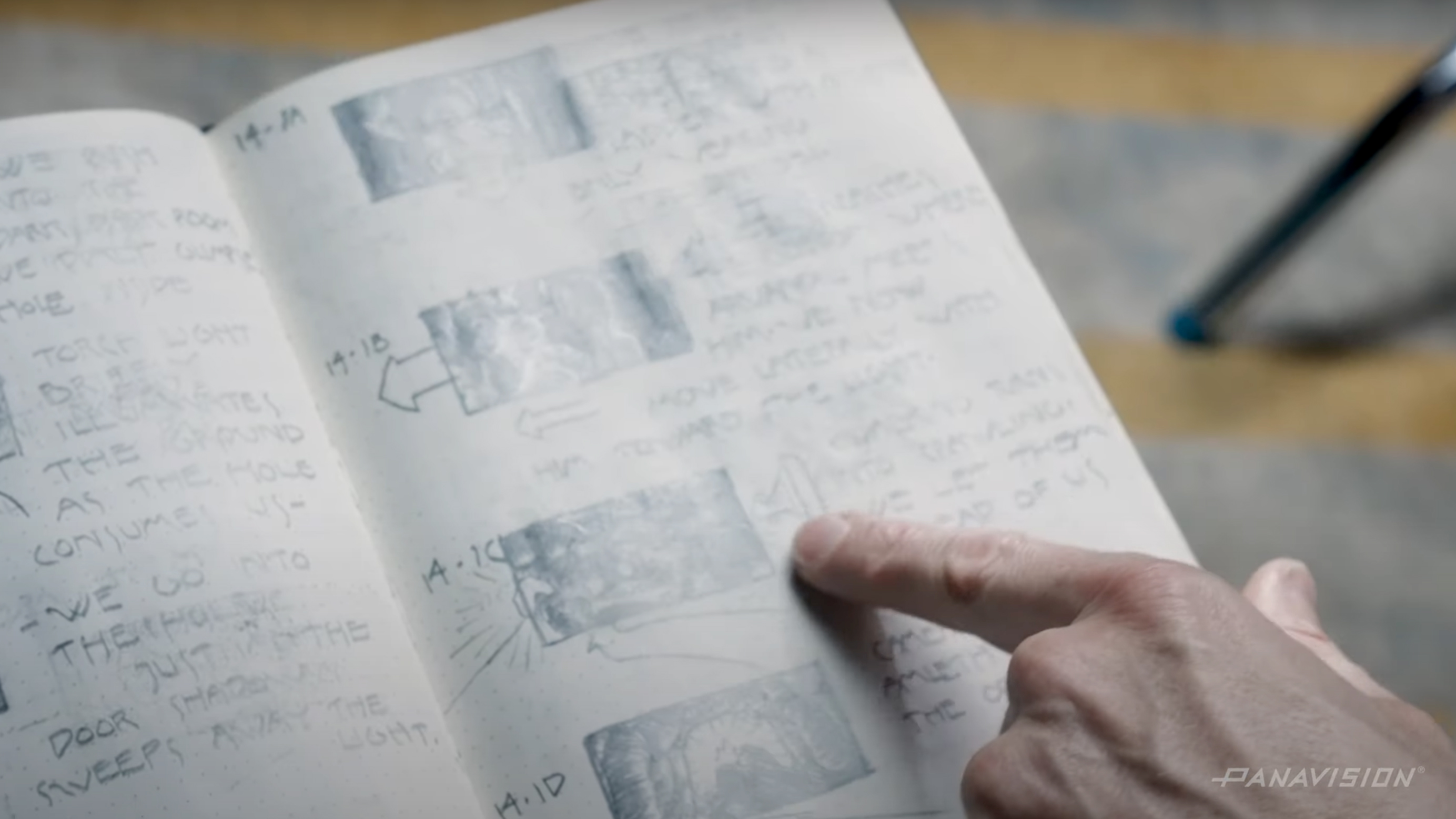Nosferatu: How Jarin Blaschke and Robert Eggers used Panavision lenses to get an Oscar nod for cinematography
Panavision provides fantastic insights into the cinematography of Nosferatu in a new 'making-of' feature

Robert Eggers’ Nosferatu has already emerged as one of the standout films of the year, celebrated for its haunting atmosphere and stunning cinematography – racking up four Academy Award nominations, including for Best Cinematography.
At the heart of this visual triumph is Jarin Blaschke, Eggers’ long-time collaborator and cinematographer, whose meticulous approach to the film’s look brings an authentic 1830s romanticism to the screen. In a recent Panavision feature and video, Blaschke delves into the vintage and custom Panavision cine lenses that played a pivotal role in shaping the film’s aesthetic.
Blaschke’s collaboration with Eggers spans over seventeen years and four feature films, including The Witch, The Lighthouse and The Northman. Their latest project, Nosferatu, is a reimagining of Bram Stoker’s Dracula, inspired by the 1922 silent film adaptation. For Blaschke, the challenge lay in creating a visual language that not only paid homage to its cinematic roots but also reflected the romanticism of the 1830s – a time when paintings were the dominant visual art form.
ABOVE: Nosferatu's cinematographer talks Panavision lenses
As a huge fan of both Eggers and Blaschke, I find it incredible how Blaschke crafts bespoke atmospheric and stylistic aesthetics for each project. Each film feels distinct, with its look meticulously tailored to serve the story – a quality evidenced particularly in Nosferatu and The Lighthouse. The latter, a personal favorite of mine, highlights Blaschke’s mastery of black-and-white filmmaking, which adds unparalleled depth and texture to the narrative.
For Blaschke, Panavision is indispensable to his creative process. "Panavision is sort of a given for me", he says. "There's just a bespoke element that I'm not really going to get anywhere else. The way Rob and I work – and we're talking about ideas early on – I can bring up lens questions to Dan [Sasaki, Panavision senior vice president of optical engineering and lens strategy] as soon as I know about any potential film that's going to be made".

As he began to prep for Nosferatu, Blaschke shares, "I knew that we needed high-speed lenses for the candlelight because I wanted to use real candles again. I knew I needed the fastest lens he could provide for a reflex camera. I knew that I wanted to explore lens designs that I hadn't used. I wanted new textures. I want to kind of push what I know and do something different every film".
Get the Digital Camera World Newsletter
The best camera deals, reviews, product advice, and unmissable photography news, direct to your inbox!
The lens package included historic Baltar lenses, previously used in The Lighthouse, as well as custom designs like the Heliar and Dagor, inspired by Blaschke’s fascination with vintage optics.
The film’s visual language also builds on the formalist style Blaschke and Eggers have developed in their past collaborations. Classical composition and symmetry are used to amplify tension, with camera movements carefully designed to evoke unease or lead the audience through the narrative. For Blaschke, even the most complex setups must feel simple and naturalistic to the viewer, a balance he describes as being "in the service of simplicity."
Blaschke’s dedication to his craft is evident in every frame of Nosferatu, from the choice of lenses to the movement of the camera, each decision contributes to the film’s atmosphere and serves the story. This is an absolutely fascinating feature from Panavision, providing insight from an industry-leading filmmaker who takes you through his process, from journal to screen.
Check out the excellent cinematography in the official trailer for Nosferatu, out in theaters everywhere.
you might also like
Check out our guides to the best cinema cameras, best cine lenses, and the best cameras for filmmaking.

Kalum is a professional photographer with over a decade of experience, also working as a photo editor and photography writer. Specializing in photography and art books, Kalum has a keen interest in the stories behind the images and often interviews contemporary photographers to gain insights into their practices. With a deep passion for both contemporary and classic photography, Kalum brings this love of the medium to all aspects of his work.

